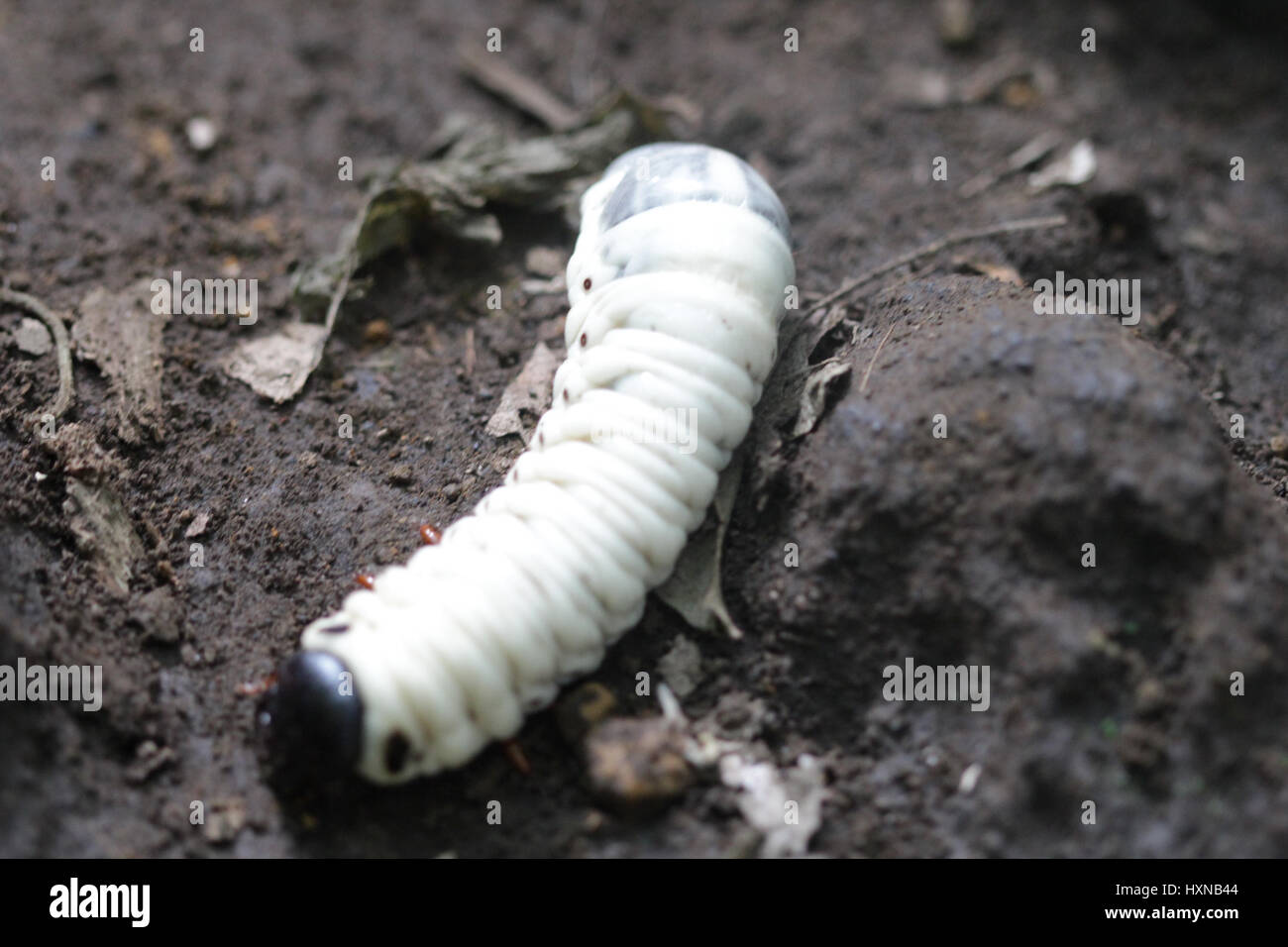
To overwinter, they burrow deeper into the soil. The shape of the anal slit, which is the exit for fecal matter, and the raster, which is the hair pattern on the larvae’s last segment, differ between species.Īfter one to two weeks, the eggs hatch and the grubs begin to feed until the fall. When mature, the larvae measure about an inch long.Ĭloser inspection with a hand lens can reveal slight differences. The common name “white grub” describes the larval stage of several beetle species, and they look very similar. The adults feed on the foliage, and depending on the species, can cause significant damage to ornamentals and other plants. Though these insects can kill small plants, large plants with strong, well-established root systems often go unscathed.

In lawns, the damage appears as patches of discolored grass that is spongy underfoot. Their feeding hampers the plant’s ability to draw up nutrients and water, which is why the first noticeable symptoms often resemble drought stress and nutrient deficiencies: wilting, chlorosis (yellowing), and stunted growth. These root-feeding larvae are major pests of lawns and turfgrass, but they will also feed on the roots of edible garden plants such as potatoes and carrots, ornamentals, and weeds.


 0 kommentar(er)
0 kommentar(er)
